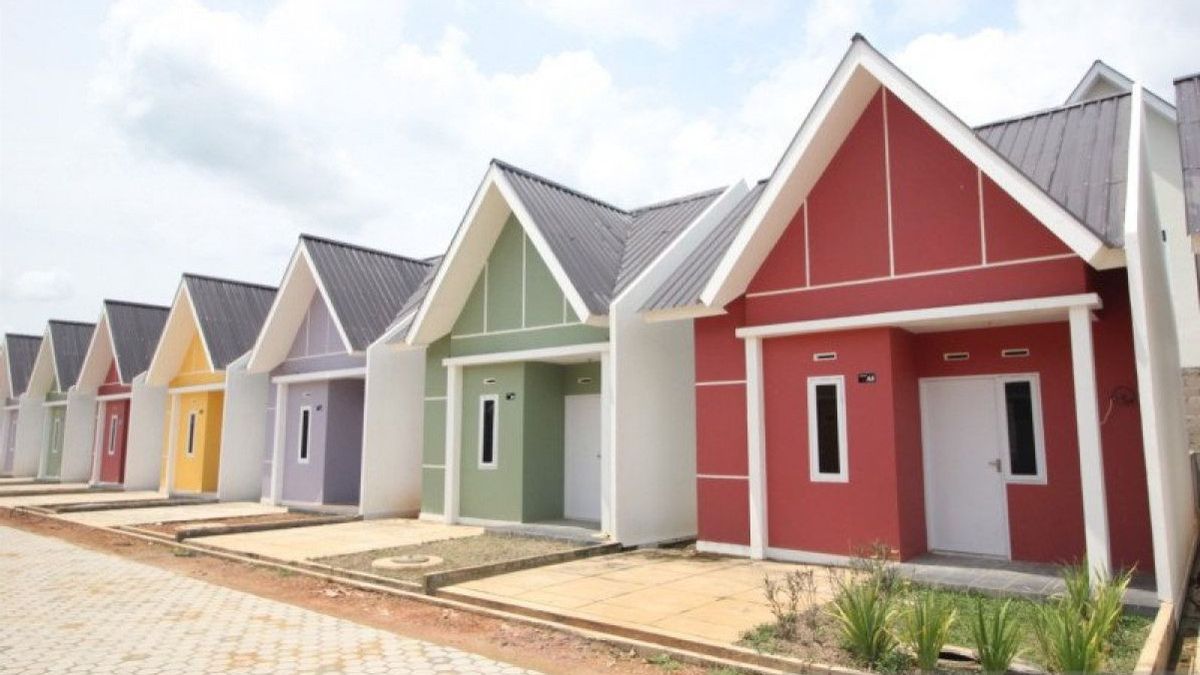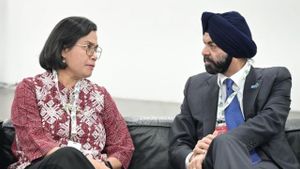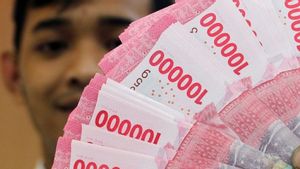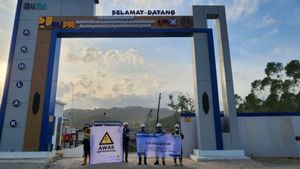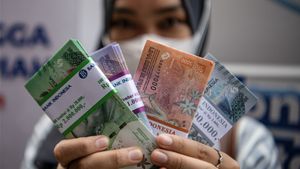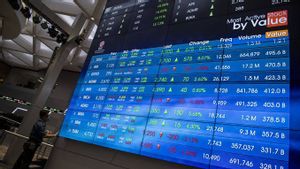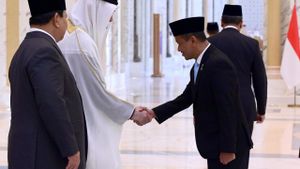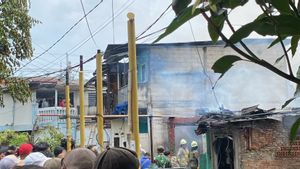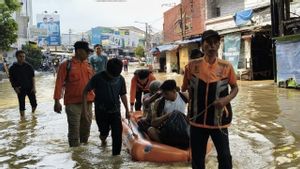JAKARTA - The fostered environment or built environment is an environment characterized by the dominance of man-made structures.
Housing, buildings, road infrastructure and so on, are examples of an artificial environment whose purpose is to support human life itself.
However, like a double-edged knife, this fostered environment also has a negative impact on the environment.
According to data released by the United Nations Environmental Program (UNEP), the fostered environment is the largest contributor to energy consumption, greenhouse gas emissions, waste, and natural resources. It is estimated that 40 percent of energy consumption and about 30 percent of greenhouse gas emissions are caused by this fostered environment.
It is not wrong to say that the construction of buildings and operations, including the provision of land as well as building materials and construction in the fostered environment, contributes to the most significant consumption of energy and carbon emissions globally.
Reflecting on these conditions, the University of Education Indonesia Architecture Study Program (UPI), together with BeCool Indonesia, which is supported by the Tatalogam Group, held an international workshop and workshop on Sustainable Buildings, Cities and Communities (SBCC) 2024.
This activity provides a platform or platform for sharing ideas, research and studies on how to mitigate and adapt to global climate warming and change.
Kampung BeCool is an fostered environment based on CSR which is initiated by BeCool Indonesia and the Tatalogam Group. In this location, 20 of its critical houses have been painted with BeCool liquid which can function significantly to improve the microclimate in the surrounding environment.
In addition, in the same location, there are also 3 model houses that apply solar reflective houses. The solar reflecting house is a passive design-based house that demonstrates the use of low-carbon building materials to reduce the impact of urban heat island.
This house itself is the development of a product of PT Tatalogam Group's Domus House, which has a critical metal section and the wall cover has been coated with BeCool liquid so that it can reduce heat and has a fairly high reflectance of sunlight.
This joint innovation house was then named Raflesia or Surya Indonesia Reflective House. Low carbon material in this house is known to have an emitance of 0.90, solar reflectance of up to 72.1 percent, solar absorption of up to 27.9 percent, and Solar Reflectance Index (SRI) which has reached 88.0.
The existence of this house is also expected to help the government in meeting the adequate housing needs of the Indonesian people, as well as reducing the environmental impact that can arise due to the development of the fostered environment.
SEE ALSO:
Previously, in one of the discussion sessions at the event, the Minister of Public Works and Public Housing (PUPR), Basuki Hadimulyono represented by the Director of Systems and Strategies for the Implementation of Housing (SSPP), Edward Abdurrahman explained, the housing policy in the 2022-2024 Medium Term Development Plan (RPJM) focuses on increasing public access to adequate homes, especially for low-income people (MBR) with qualified designs.
Edward said, until 2024, PUPR is committed to supplying this need.
"One of the steps is to accelerate the program of one million houses for low-income people in collaboration with local governments, universities and other stakeholders," he said.
The English, Chinese, Japanese, Arabic, and French versions are automatically generated by the AI. So there may still be inaccuracies in translating, please always see Indonesian as our main language. (system supported by DigitalSiber.id)
